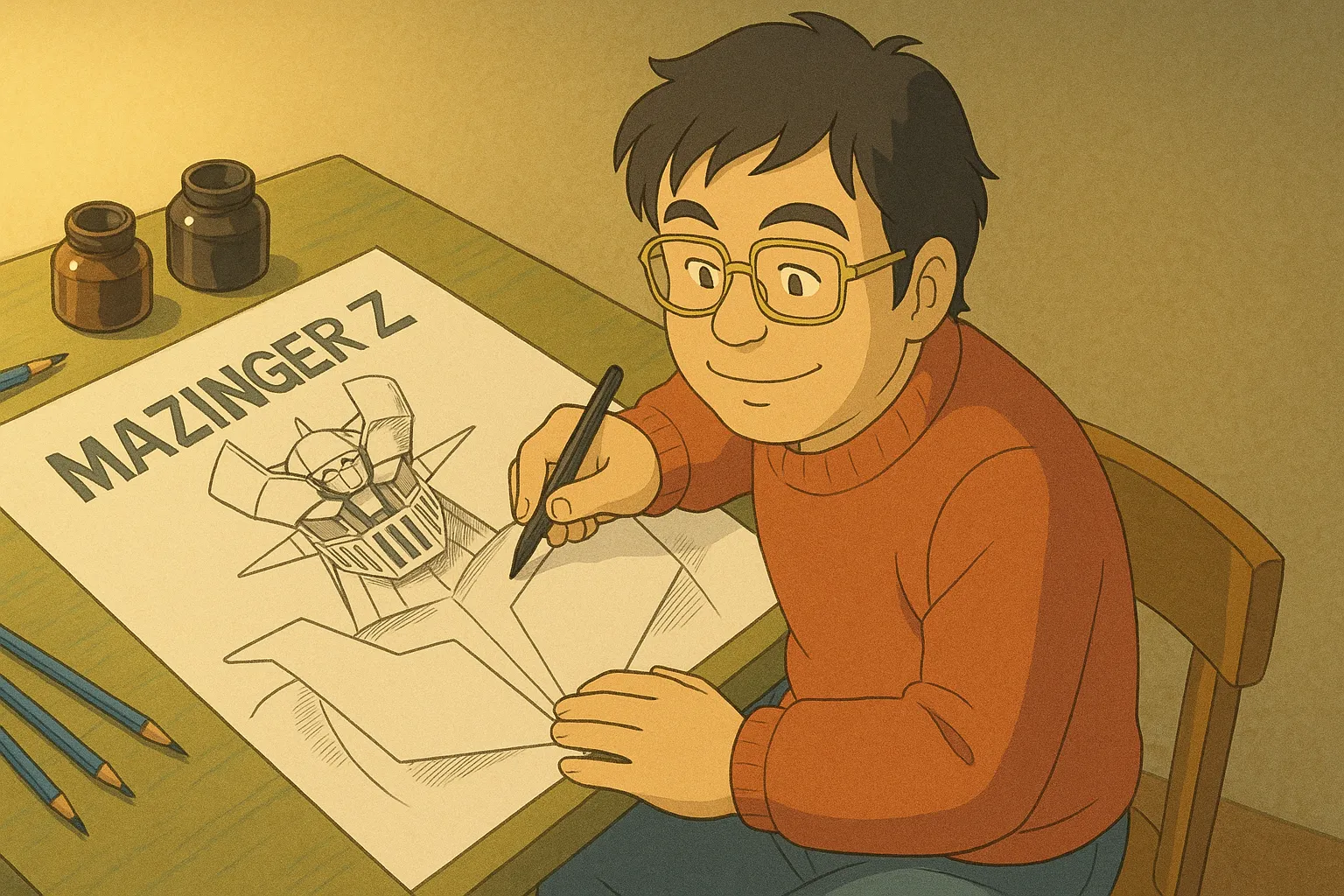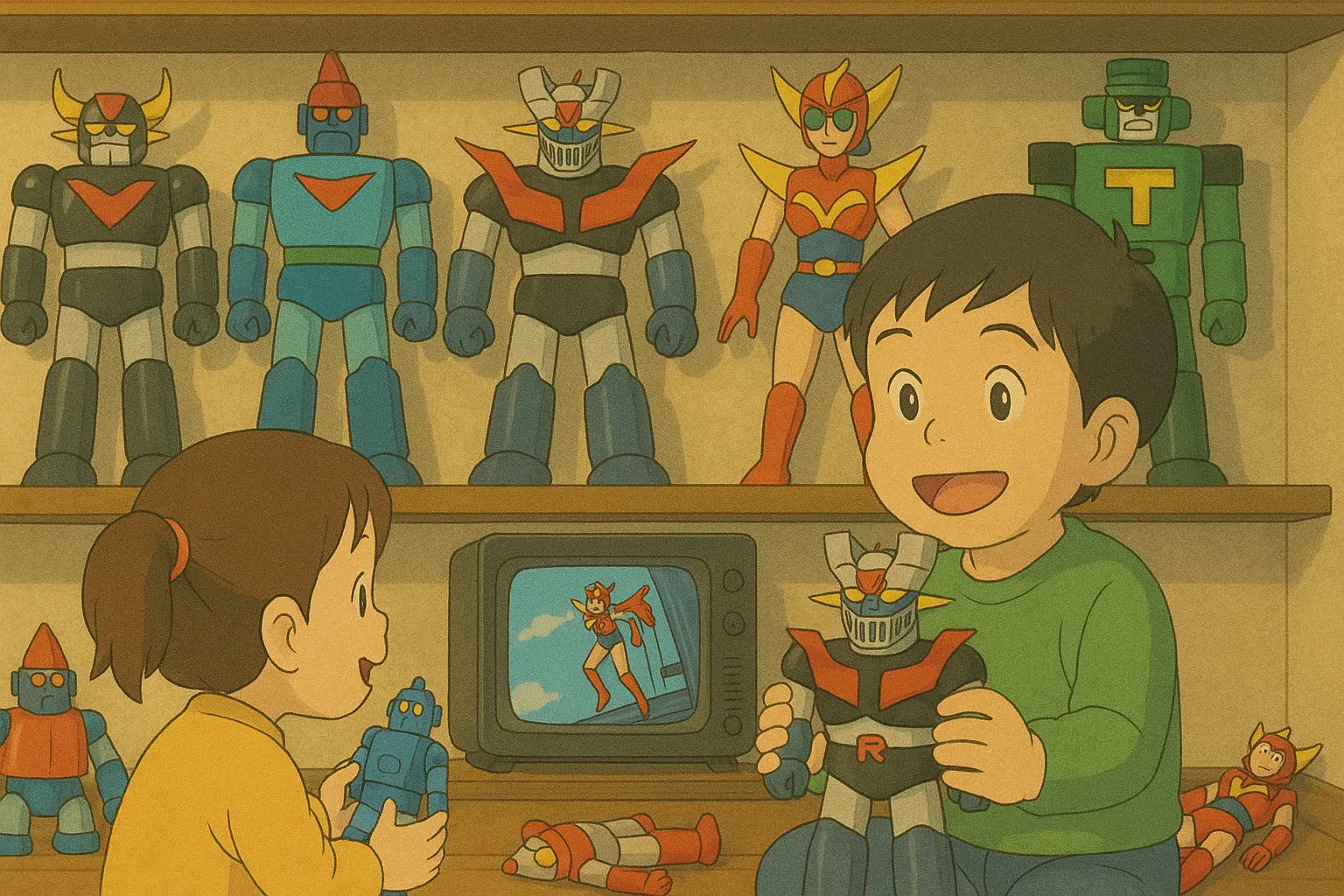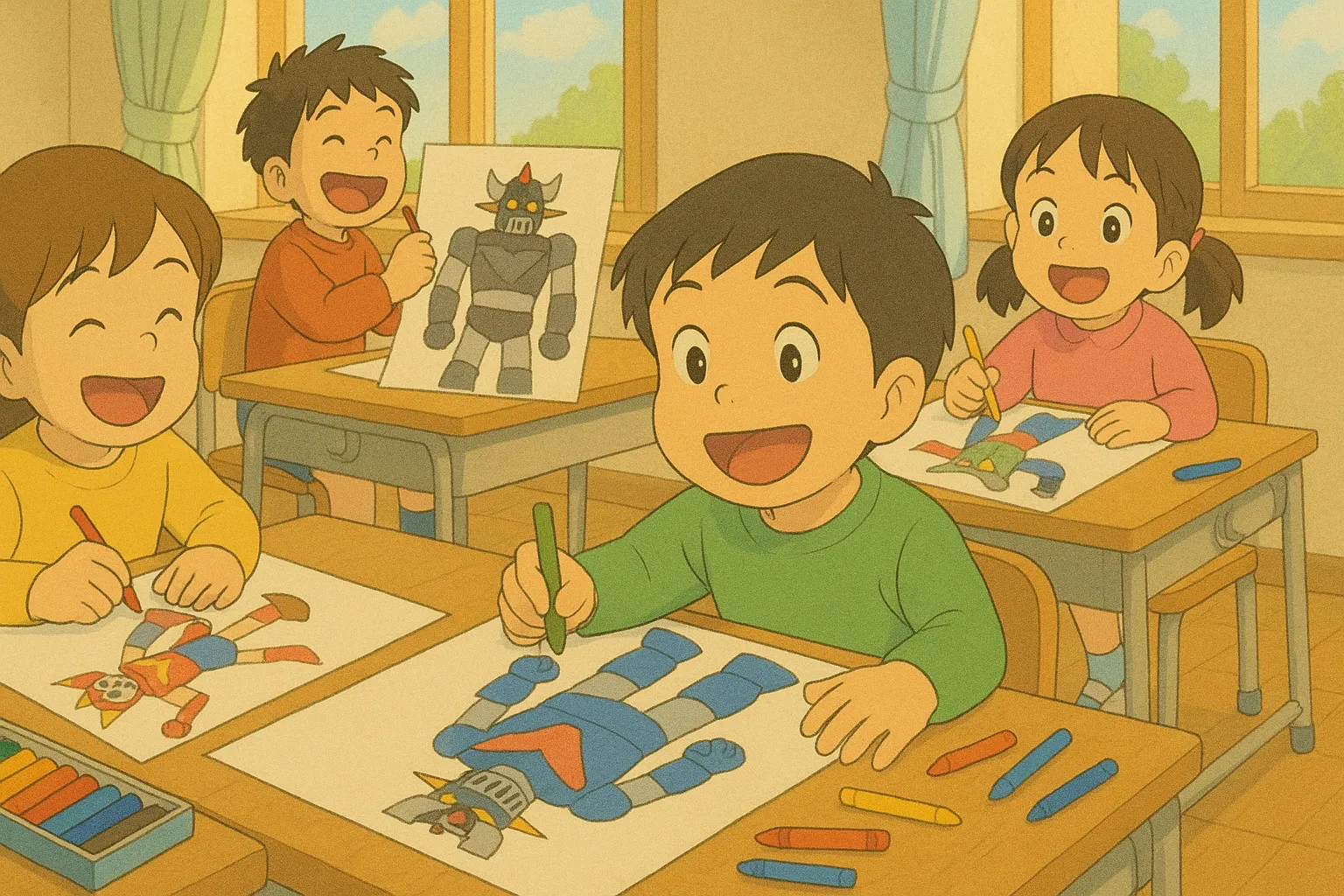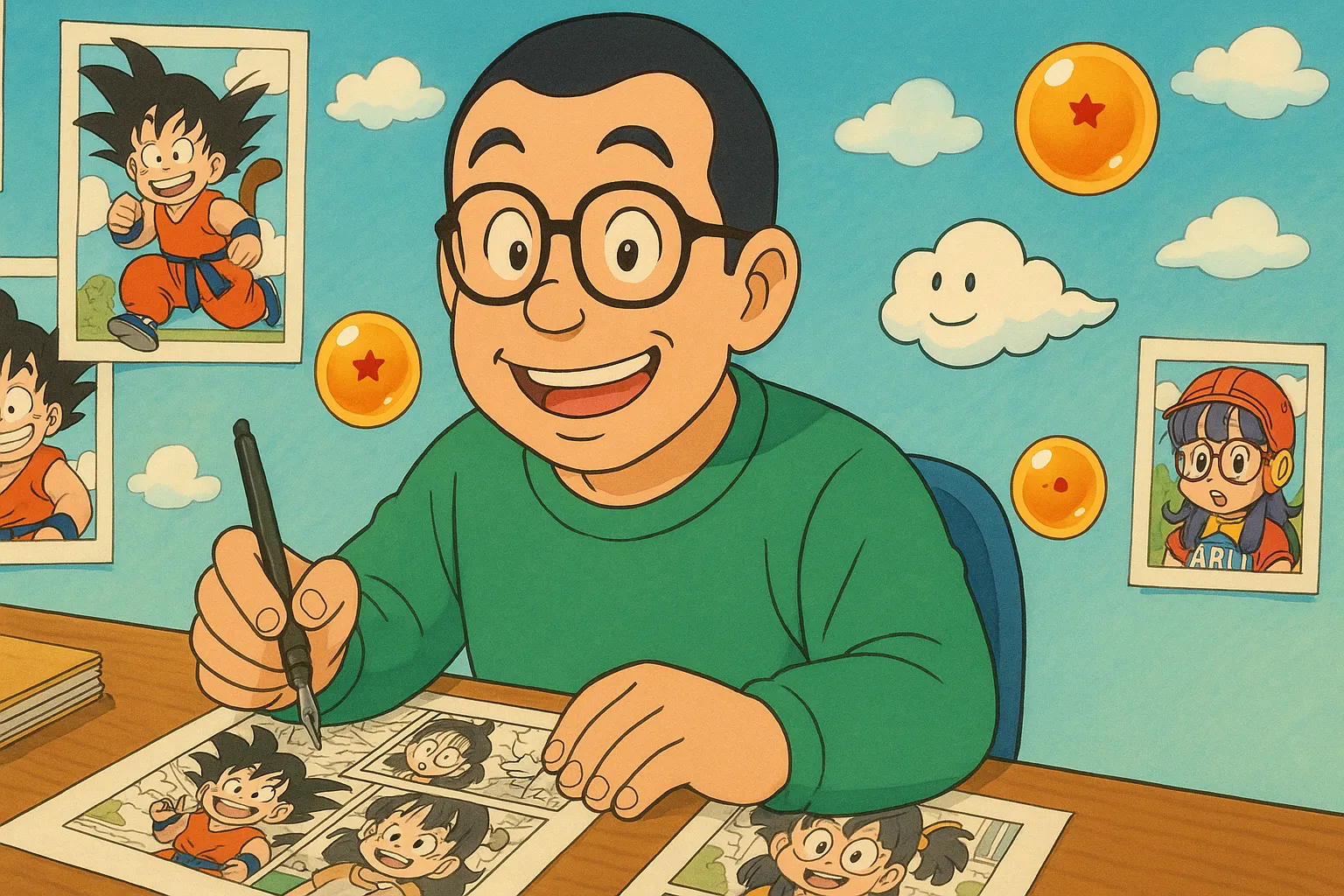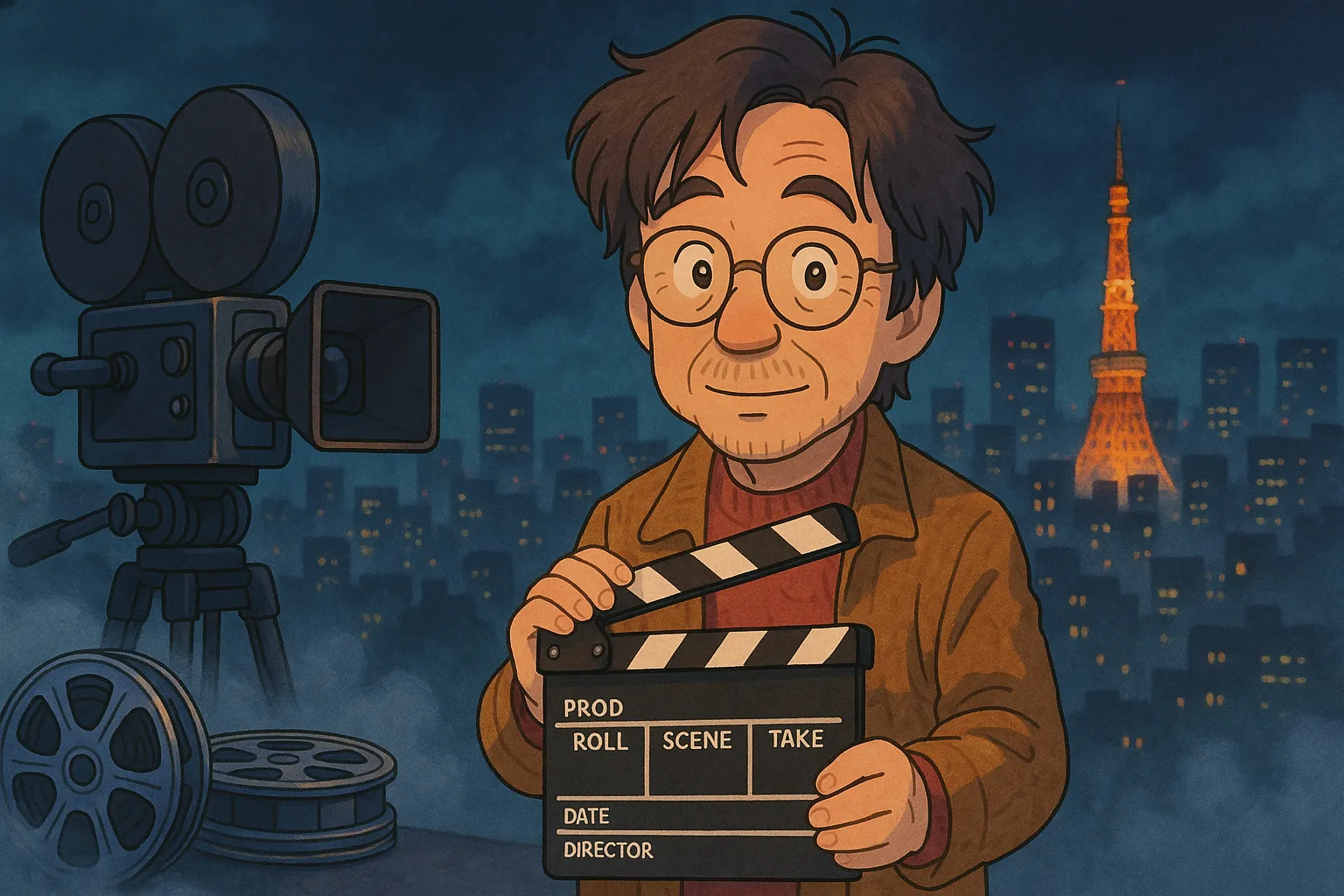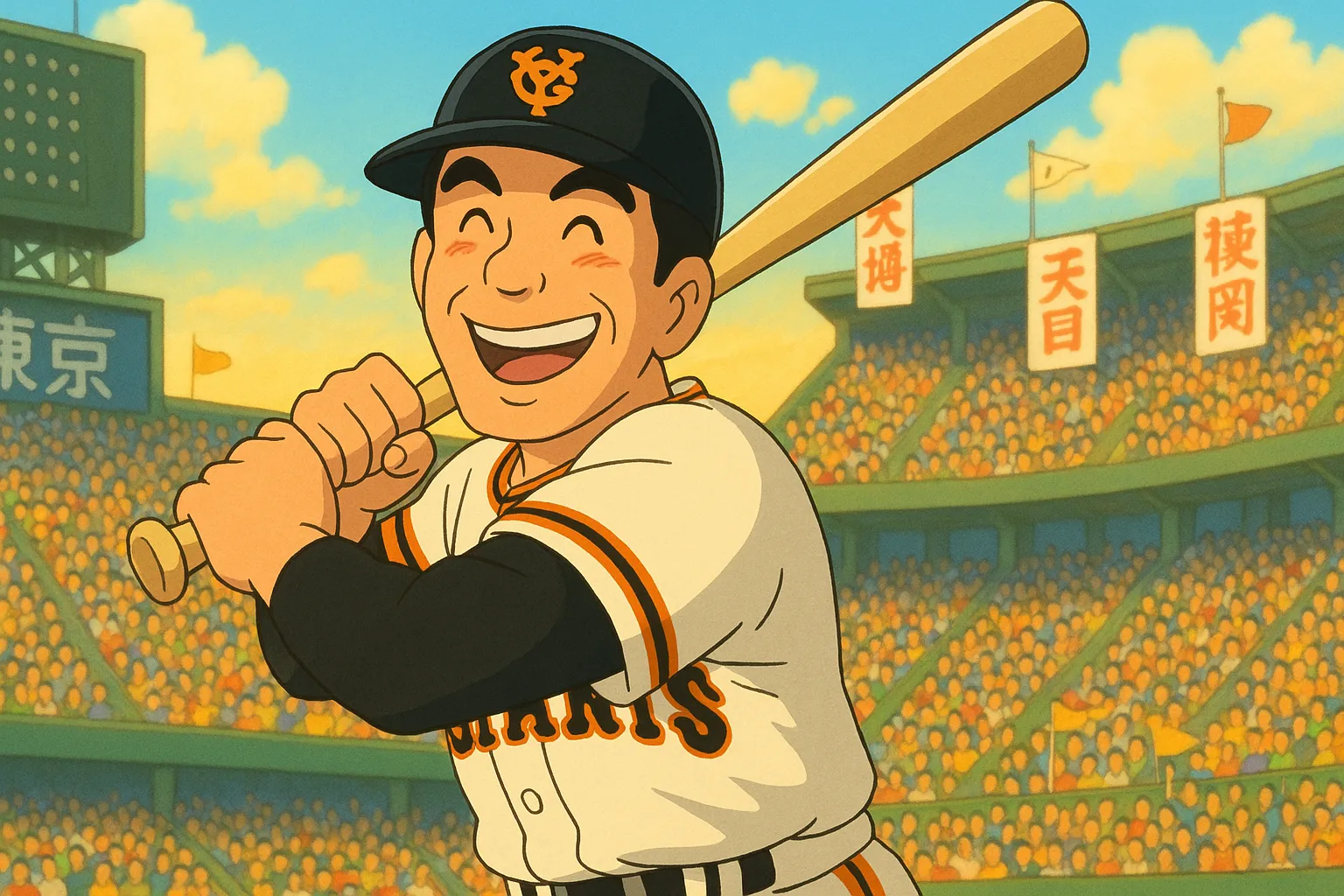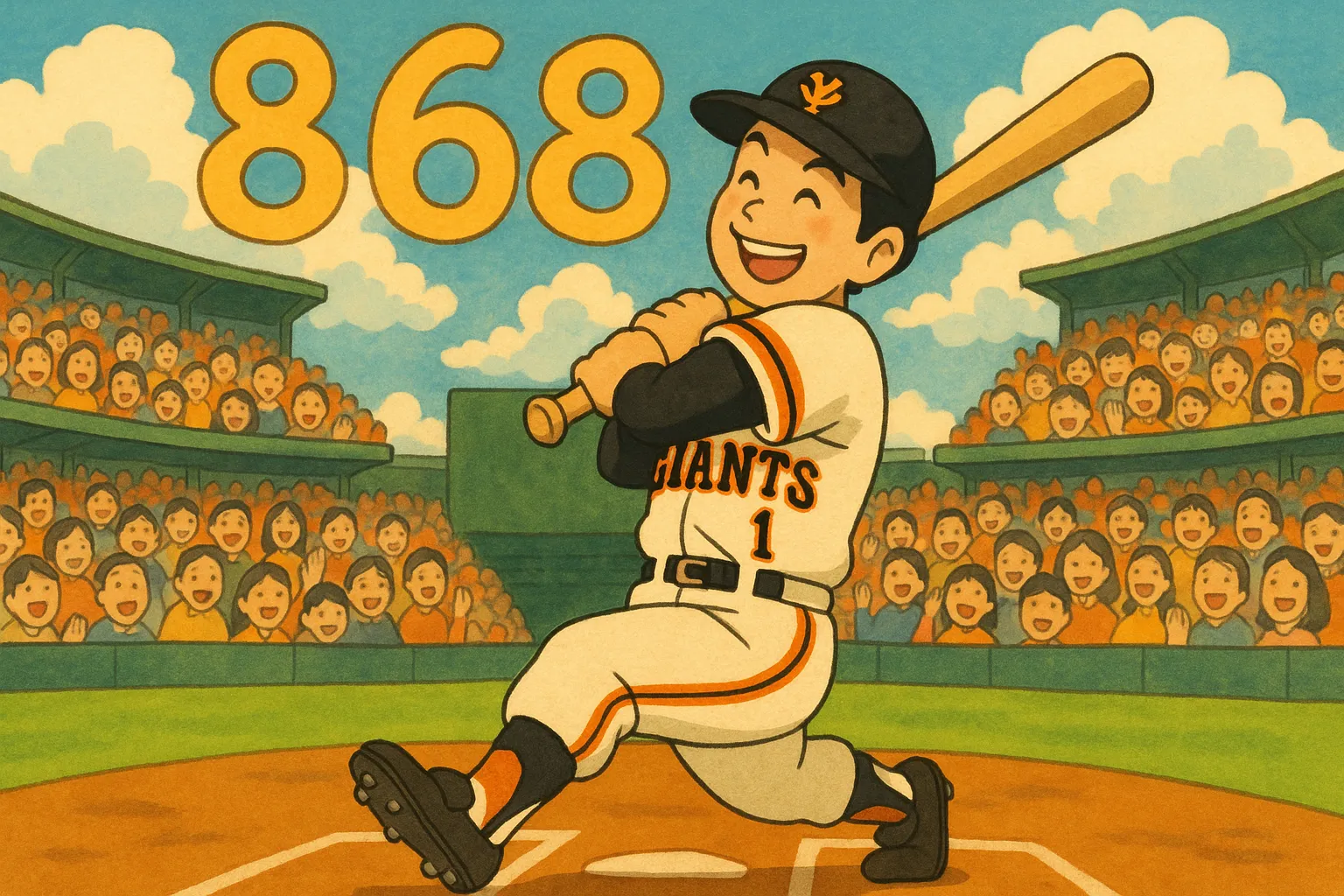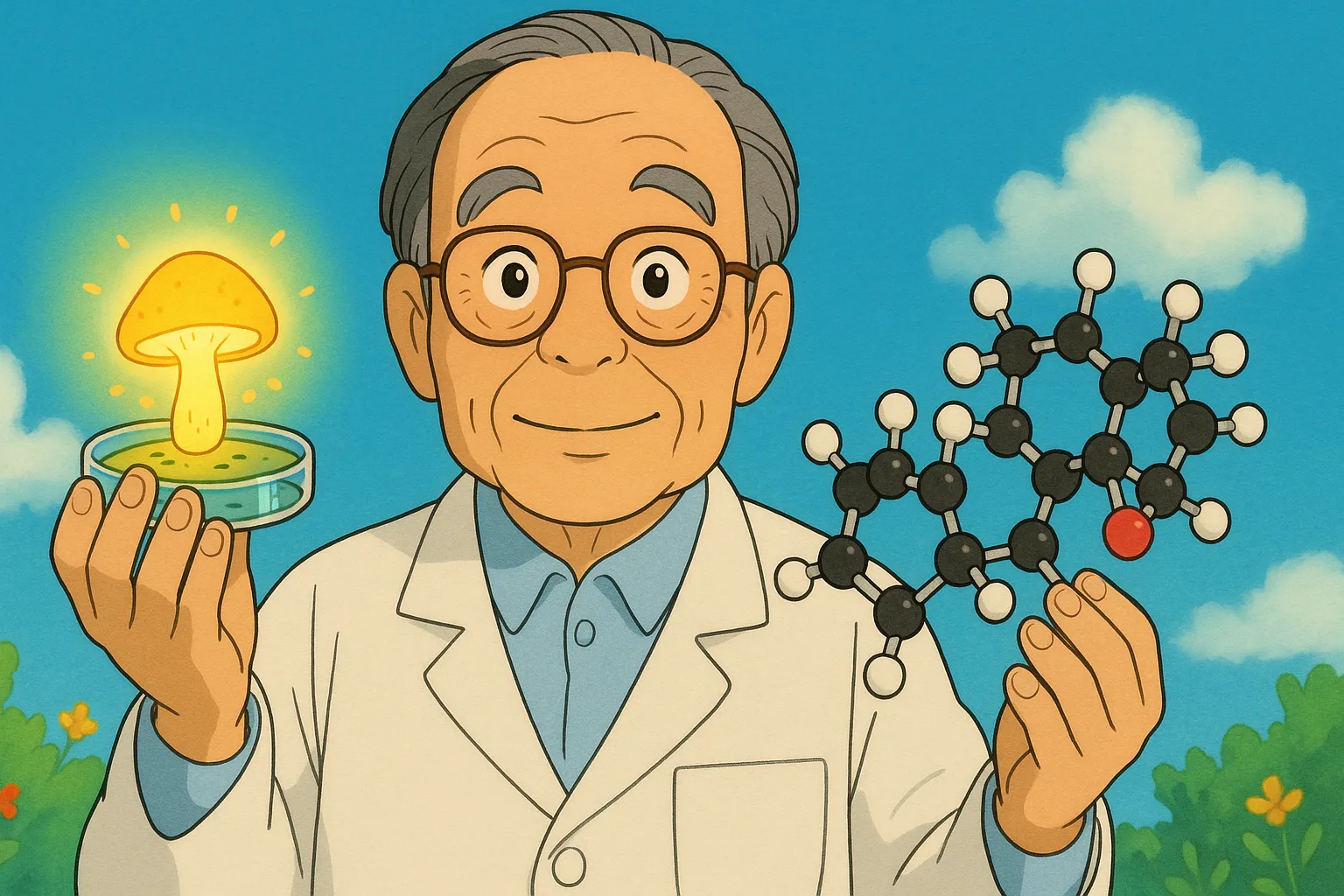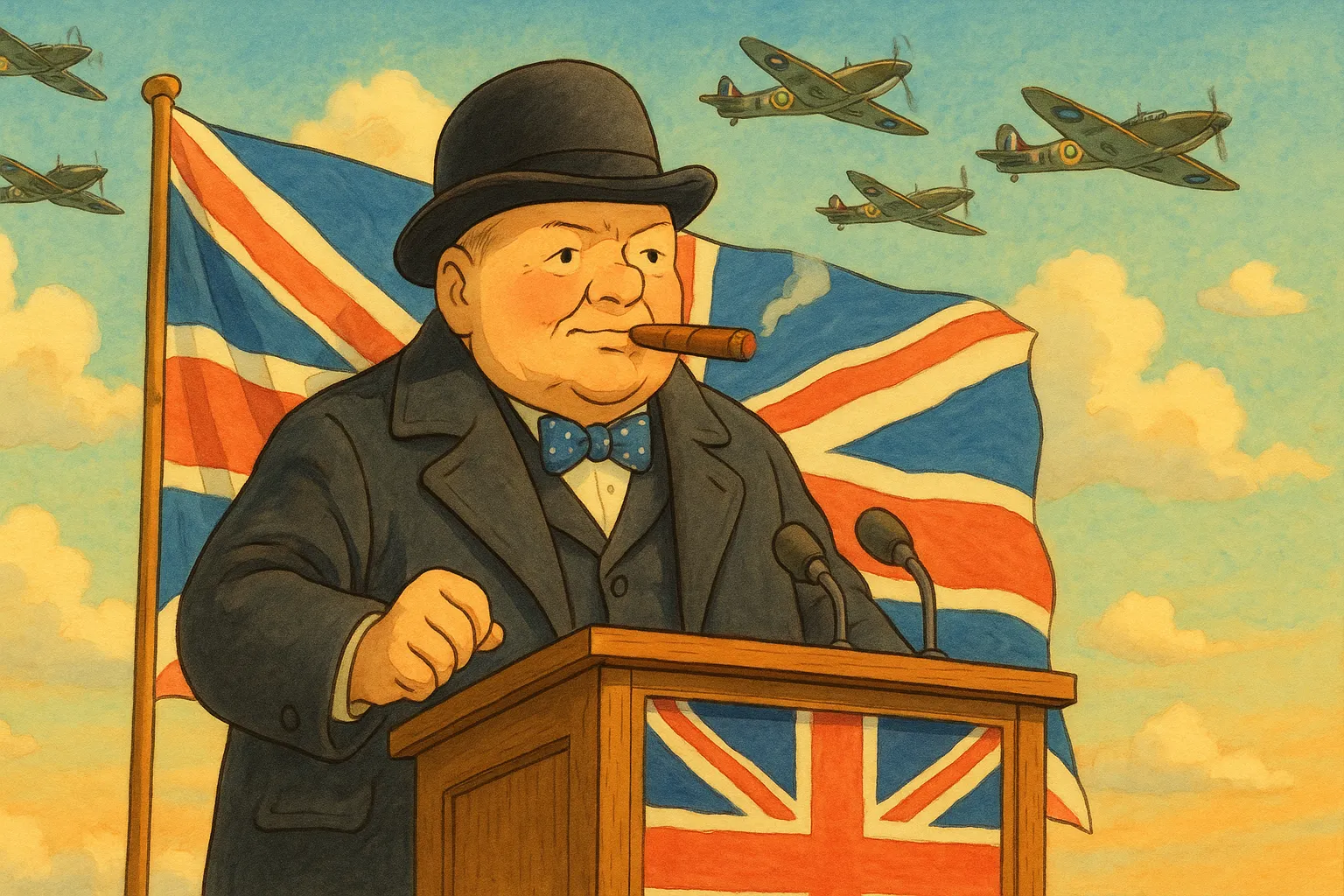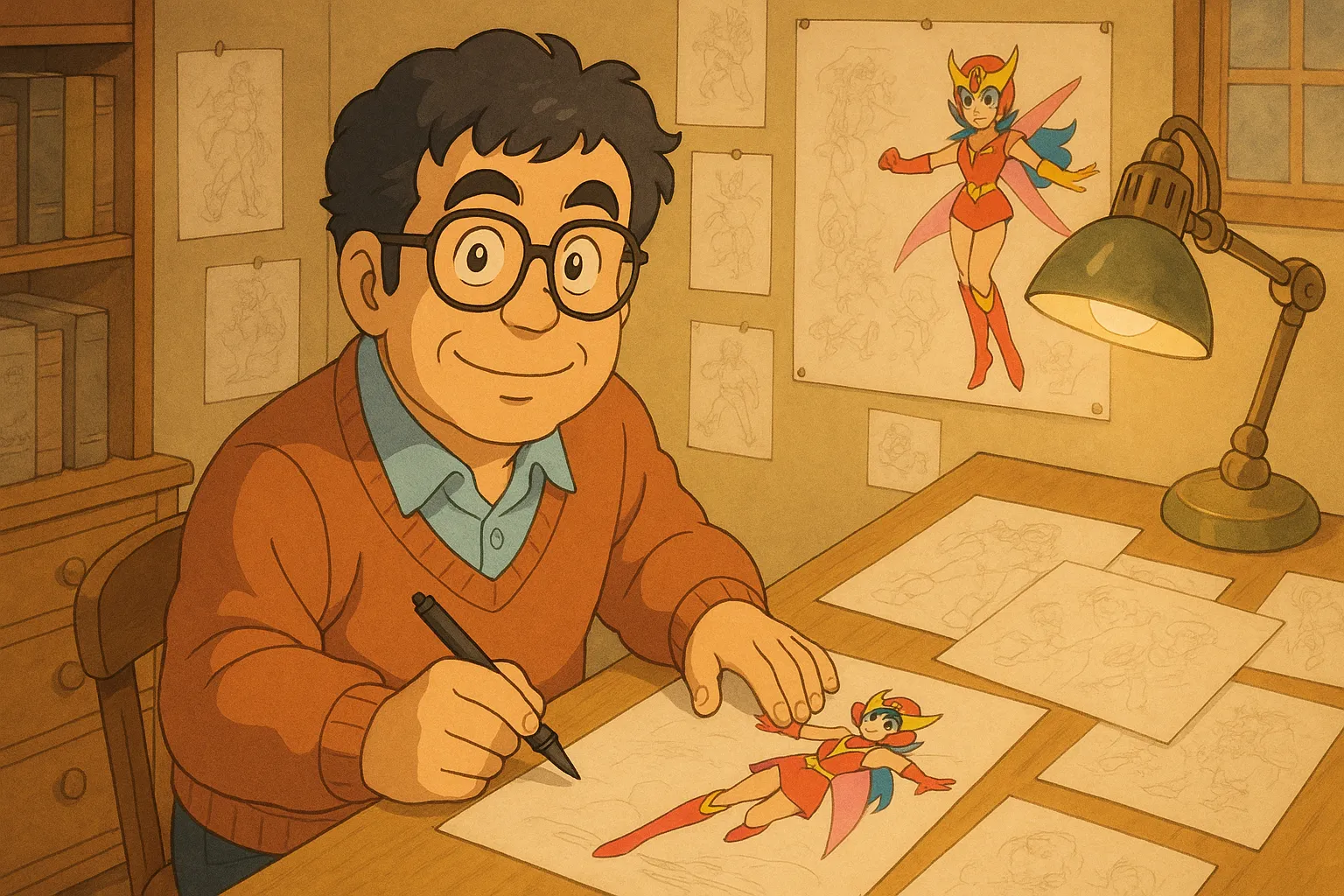
Frequently Asked Questions
What roles did Go Nagai have in making his works?
He often both wrote and drew his manga, developed character and story concepts, and supervised many anime and merchandise adaptations to protect his vision.
Did he create a company to manage his creations?
Yes. He set up a production company to handle rights, licensing, and adaptations, helping his ideas reach TV, toys, and other media.
Are his comics suitable for children?
Not always. Several of his stories include mature themes, violence, and erotic elements—check age ratings before sharing with young readers.
Were any of his works controversial?
Yes. Some titles shocked audiences with darker or risqué content, sparking public debate and occasional calls for censorship in their day.
Have his works been translated into other languages?
Many of his major titles have official translations and reprints, though availability differs by country and publisher.
Did he collaborate with other creators?
He worked with animators, writers, and artists on adaptations and joint projects, contributing ideas while teams handled animation or merchandising.
Are there modern remakes or adaptations of his stories?
Yes. Over the decades his creations have been revisited in new anime, films, games, and reprints, keeping his work visible to new generations.
How can I study his art and storytelling style?
Look for collected editions and art books to see his bold linework, dynamic action layouts, and mix of humor, horror, and spectacle.

